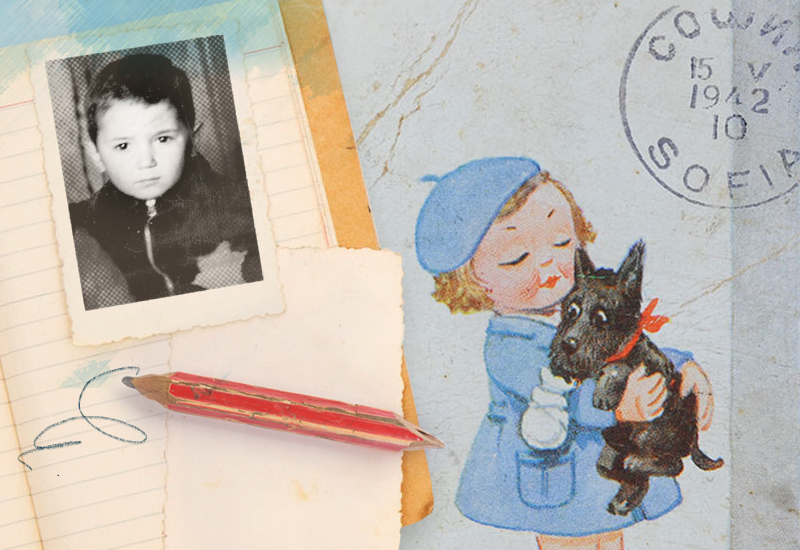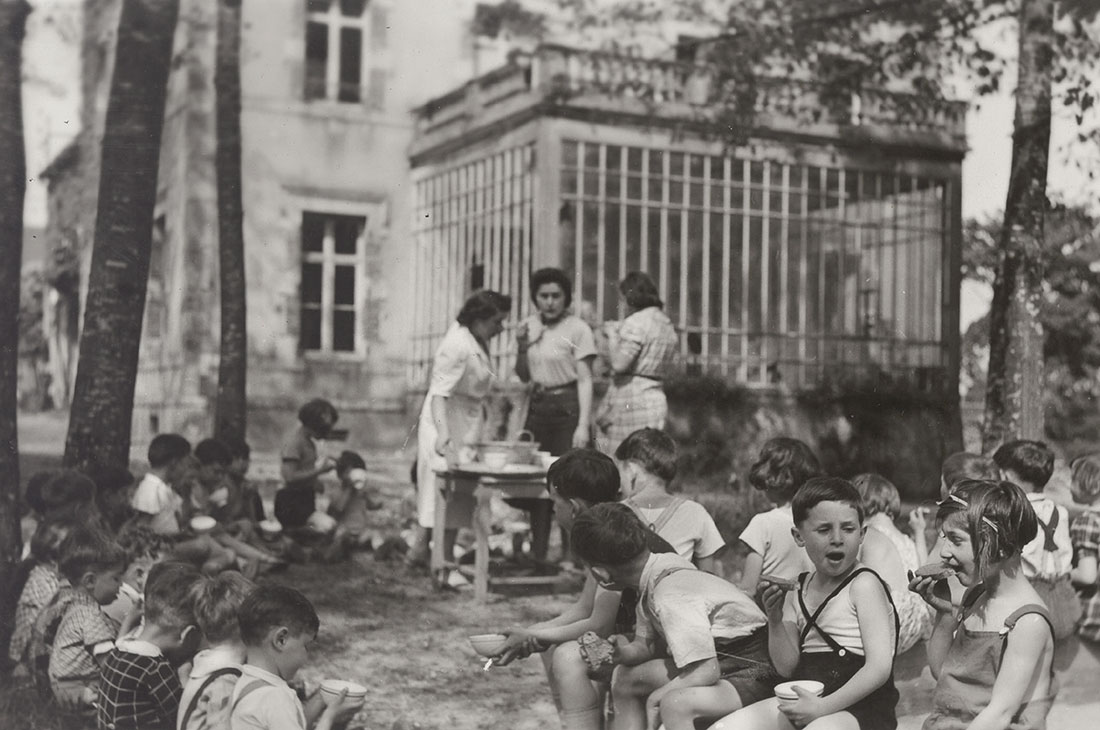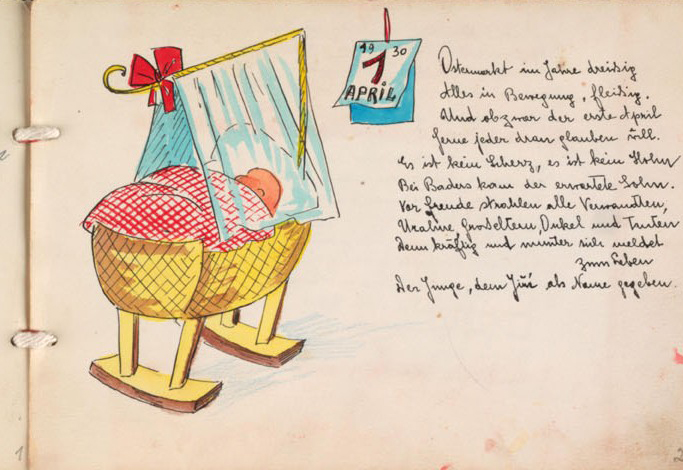Intro

"I emerged from the death camps after enduring the most terrible experience ever recorded in history, damaged in body and spirit. After indescribable losses – my family, my childhood and my friends – I was overwhelmed with emotional and physical pain. The "Kinderheim" [children's home] in Blankenese restored part of my lost childhood to me. It became my home. My teachers and the other girls I met became my friends and my family."
- Written by Renee Kochman (Renia Baff), who lived at the children's home in Blankenese, Hamburg, Germany.
After the war's end, the enormity of the tragedy that had befallen the Jewish people gradually unfolded. Among the six million victims of the Holocaust were some 1.5 million Jewish children. Survivors, including tens of thousands of children, were scattered all over Europe. The children were found in the liberated camps, Christian homes, monasteries and convents, as well as wandering the streets and forests. Many of them were orphans, "elderly children", "adults in children's bodies", as they themselves testified.
Children and teenagers experienced the Holocaust in all its brutality: in ghettos, in camps, in hiding, wandering from place to place, and on the death marches. They were the victims of abuse, humiliation, forced labor, starvation, neglect, and in some cases, even medical experimentation. Most of them lost their loved ones and were robbed of their childhood. They did not go to kindergarten or school, didn't get to play, to be spoiled by their families, or live in a safe, secure environment. Those who survived under assumed identities and thanks to the kindness of strangers lived in perpetual terror of their Jewish identity being discovered, of being informed on, and of being caught and taken away along with their rescuers. They feared that the people concealing them would tire of them, or would grow too frightened to keep them. They were forced to develop thought and behavior patterns that left their home and past behind, and to relinquish their parents, their name, their religion and sometimes their mother tongue. In order to survive, they learned to be silent, to suppress their feelings and to trust no one.
After the Holocaust, a number of children's homes were established to take care of these children. The caregivers, counsellors and teachers who staffed them were mainly Holocaust survivors themselves. The majority were young adults aged 17-25, sometimes only a year or two older than or the same age as their protégés, and most had little or no experience caring for children. A large percentage were former counsellors and members of the pioneer youth movements. At their own initiative, they collected the children, established children's homes where they acted as counsellors, and gave the children hope for a new life. What they lacked in experience they made up for in empathy. As survivors themselves, they could identify with the children's pain, comprehend what they had endured, and restore their faith in mankind. They were supported first and foremost by the American Jewish Joint Distribution Committee, and by the Jewish Agency, local Jewish organizations, soldiers from Eretz Israel (Mandatory Palestine) in the British Army including Jewish Brigade soldiers, Yishuv emissaries, UNRRA, and local governments. In Poland, the Zionist Koordynacja [Coordination Committee] for the Redemption of Jewish Children was created with the aim of locating orphaned children who had found refuge in the homes of Christians, in order to return them to Judaism, sometimes against these children's will. Among them were children who had been separated from their families at a very young age, and who didn't know their own parents.
Stories
This exhibition tells the story of seven children's homes established after the war for child Holocaust survivors in Poland, Hungary, the Netherlands, Germany and France. Some operated for just a few months, others for several years. The children were gathered and placed there in an endeavor to rehabilitate them, return them to their people and religion, and to restore their childhood and youth after the horrors they had endured. The homes were established both at the initiative of individuals, and by youth movements and childcare organizations seeking to provide them with warmth, love and education until the time came to continue their journey. Most immigrated to Eretz Israel. Others were reunited with relatives and immigrated to the United States, Latin America, Canada and other destinations.
The smiling faces looking out at us from the children's home photographs displayed here inspire joy and hope, but mask profound depths of pain, trauma and grief.










